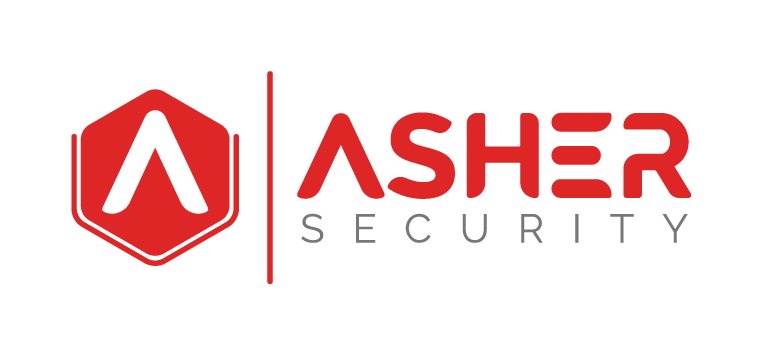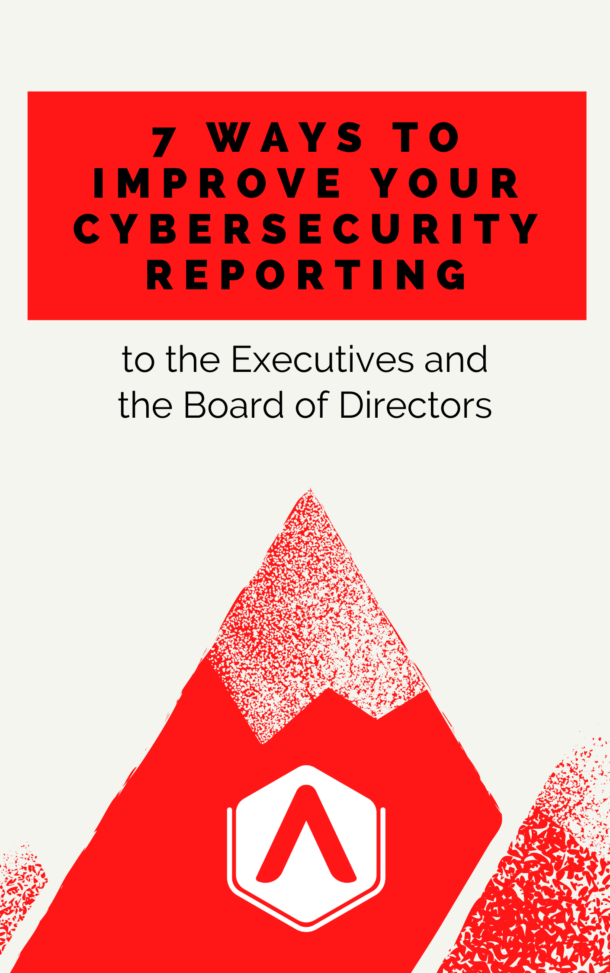Virtual CISOs can have a large impact and be very beneficial to healthcare organizations. Let’s first define healthcare organizations.
It’s a large scope and that industry label doesn’t provide sufficient understanding of the types of companies within this definition. On one end of the spectrum, we have what initially comes to mind as hospitals and clinics. These are complex environments with everything from physical security needs to technology security needs.
They’ll have on-prem systems, servers, routers, switches. They provide wired and wireless access for their hospital and clinic network. They’ll often extend internet availability to their guests.
In addition to that, they have a lot of proprietary healthcare hospital systems. Some of those systems are online, some are offline. We would consider these OT or IoT devices and instruments.
These can consist of things like pumps and monitors and even robotic systems. Again, on one end of this spectrum of healthcare organizations, very large, very complex hospitals and clinics. As we traverse through this spectrum, we’ll find small startups that serve hospitals.
They might be offering a specific application or software system. We also have pharmaceutical companies. We have a large myriad of companies that fit into this scope.
But at the end of the day, a virtual CISO can help healthcare organizations in five main ways. The number one way a virtual CISO can help a healthcare organization is around their risk management strategy. Risk management strategies are going to be similar for any company within any industry.
The goal of a risk management strategy is to identify the risk to that specific company and to come up with a remediation plan that balances the risk and controls with the proper risk appetite of the company risk stakeholders. The risk management strategy is really about the process of how do we define risk and how do we prioritize risk. A risk management strategy will often have a risk register.
It will have a prioritization system and it will have some type of executive communication process such as presenting at quarterly cyber security governance committees or even sometimes presenting to the board of directors on the cyber security program. But every company, whether it’s a healthcare organization or something else, should have a process in place on consistently identifying specific risks to that company and prioritizing those risks based on the impact and the likelihood of those risk events. Coming up with remediation strategies on how to reduce or remove that risk to the company and finally communicating those risks to the proper stakeholders that are responsible for risk at that company.
Number two, a virtual CISO can help a healthcare organization with specific healthcare related systems, applications, and resources. You can identify a virtual CISO with proper healthcare organization experience. With that experience is going to come education and access to the specific or proprietary healthcare systems that that business uses.
A popular hospital clinic system is Epic. Find a virtual CISO that has experience working with Epic, how that system interfaces with other infrastructure services and even security controls. There’s also a lot of applications that reside in the cloud or resources that are installed on prem.
There are also specific cyber security tools that have the niche to protect specific healthcare devices and systems that that virtual CISO may have experience with. The third way a virtual CISO can help healthcare organizations is with IoT devices and architecture. The technology architecture at a healthcare organization is often very different than a typical corporate business.
Again, a healthcare organization may have IoT devices, OT devices, or other instruments on the network or accessing the network that are specific to that organization. Having a virtual CISO that has training and education or experience with these types of devices or even architecture can be extremely helpful. Oftentimes, a hospital or healthcare organization will try to segment devices.
Oftentimes, these instruments communicate directly with a management interface or a management platform. And knowing this will allow the virtual CISO to build in, again, risk management strategies that segment the communication and prevent unauthorized access to these types of devices. Another key to this is identifying the risk around these devices and the impact these devices could have.
In other organizations outside healthcare, our typical priority is to identify high-risk systems based on the type of data that they have. The higher the data confidentiality, the higher the risk of the asset. Thus, the further focus on our cybersecurity attention and resources goes into the protection of these devices and the data on these devices.
Healthcare organizations are often different, that sometimes these devices aren’t centered around the confidentiality of the data, but the availability of the data, the systems, and the architecture to support a person, a patient, someone who’s living and breathing and health depends on the availability of these devices. So again, a virtual CISO serving a healthcare organization may have a higher emphasis and experience on creating risk management plans that have a higher availability focus instead of a higher focus on protecting confidentiality. Confidentiality obviously still plays a role within healthcare organizations, specifically healthcare organizations that have to comply with HIPAA regulations that we’ll talk about in a minute, but again, the priority is typically around availability.
The fourth way a virtual CISO can help healthcare organizations is around vendor relations, training, and experience. If you find a virtual CISO that has experience within healthcare organizations, one of the things that is mostly unleveraged is that virtual CISOs relationships and network to other people. A virtual CISO with experience in healthcare will have relationships with vendors and they have conducted training, gone to seminars, or have experience with these vendors, and that really speeds up the time that the virtual CISO can have to protect the healthcare organization or the assets and the data within that organization.
Oftentimes we talk about time is money. I disagree with that, but in this situation, previous experience and relationships of that virtual CISO can definitely provide a larger return on the investment into that virtual CISO than a virtual CISO without those relationships, training, and experience within those devices, applications, and architecture. Number five, and the final way a virtual CISO can help in a healthcare organization is around security frameworks, regulatory requirements, and privacy regulations.
Oftentimes healthcare organizations will have heavy privacy compliance requirements put on them in addition to security frameworks. You want to find a virtual CISO that has experience within the cybersecurity framework your healthcare organization is using and has experience within the privacy regulations and requirements that are applicable to your healthcare organization. As I mentioned before, oftentimes HIPAA is a large requirement for healthcare organizations and having a virtual CISO that is familiar with these regulatory requirements can provide a great return on the investment.
Oftentimes if a healthcare organization is international or if it’s serving patients that come from the European Union, you’ll also be faced with the GDPR requirements. So just meeting regulatory and compliance requirements can be a huge burden to healthcare organizations and a virtual CISO can help with this. I hope those five core ways a virtual CISO can help healthcare organizations has been helpful and answers your questions.
If you have any other questions, feel free to post them below and I hope that your healthcare organization is successful in protecting patient data and the availability to the resources.


Recent Comments